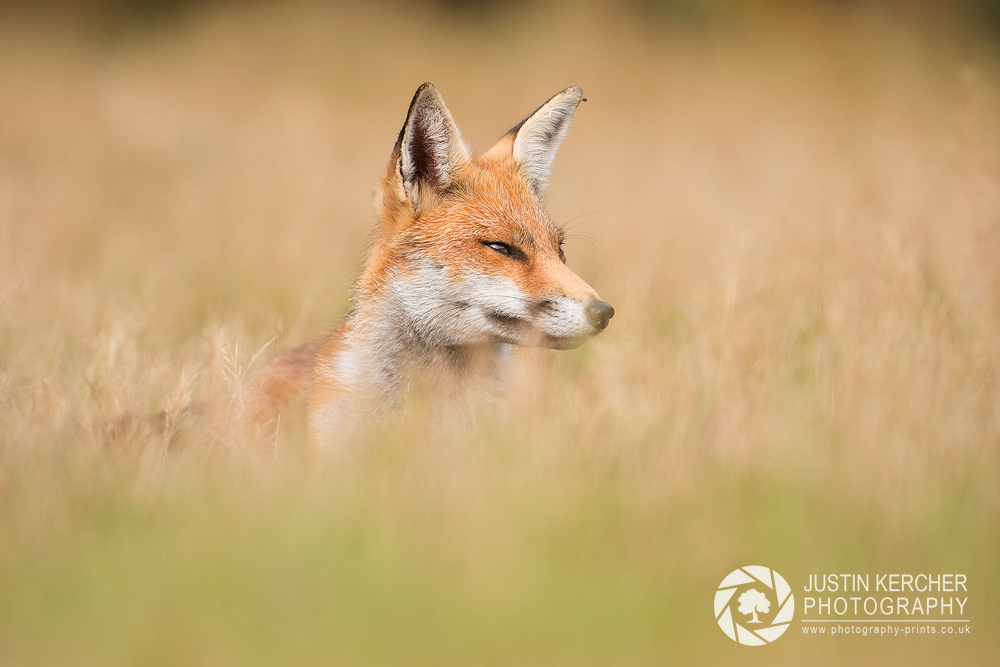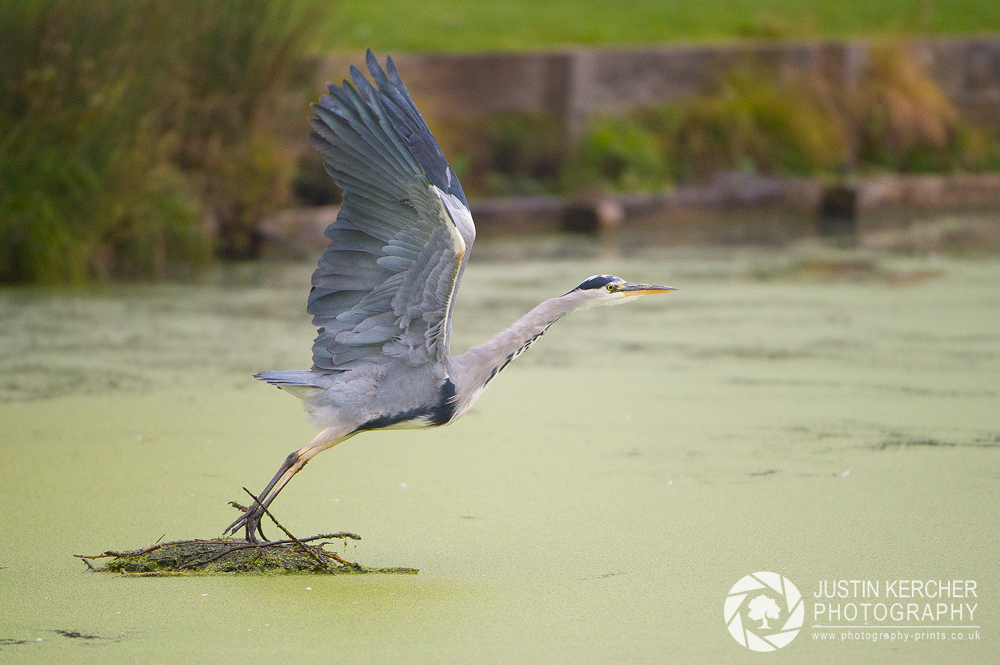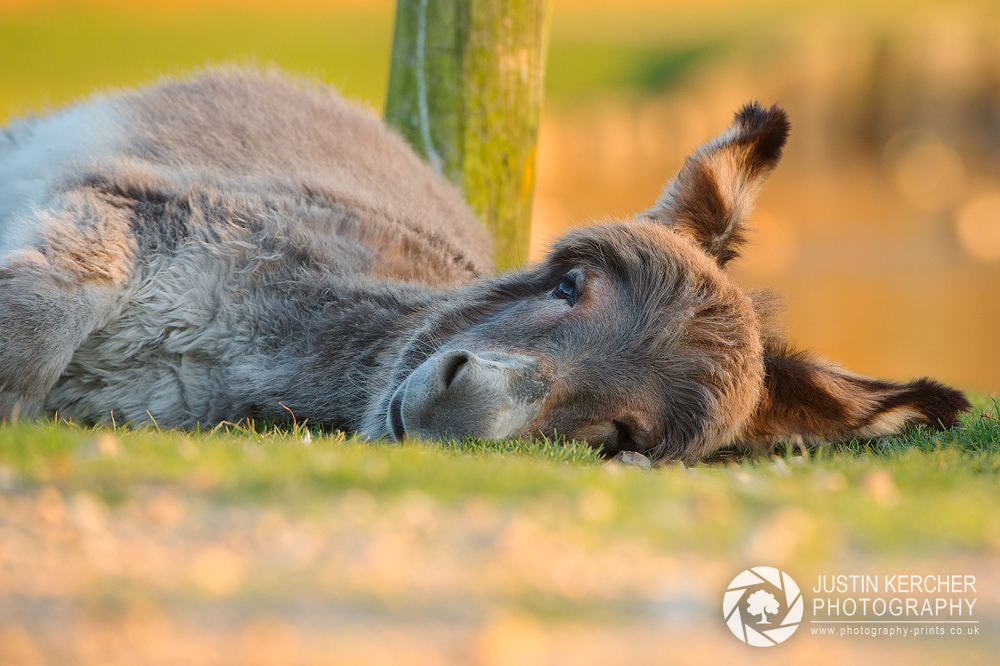One of the most overlooked details when starting out in wildlife photography, especially with portraits, is the use of Bokeh and the importance of a clean background.
Having distracting objects in the background can ruin an image, especially if they are just on that fine line between 'recognisable' and 'blurreed'.
Granted its not always possible to completely avoid background clutter or dominating objects by repositioning yourself, but they can somtimes be blurred beyond recognition by a Bokeh.
Tip
Always check around your view finder for clutter and distracting objects before pressing the shutter button. Reposition yourself if possible to exclude any unwanted elements, or use a wide apperture to blur out distracting elements if there is sufficient depth behind the subject to create pleasing bokeh.
Examples
There is no golden rule for what is acceptable when it comes to backgrounds in photography - it all depends on what you're aiming for. At the least however you should try to ensure that any background distractions are either identifiable or completely removed.
Below are three example photos from my image archives that I personally consider bad, acceptable and ideal in terms of backgrounds wildlife photography.
Completely Clean

In the above shot of a rural fox, I was able to manage a clean background using a number of methods. Firstly, I was close enough to my subject with a long telephoto lens, and the subject had enough clearance behind it to introduce a great deal of Bokeh into the shot, thus totally obliterating the background.
I was also positioned so that there were no strong background distractions or objects such as fences, trees or bushes etc, just in case my depth of field was not minimal enough to cause them to blur sufficiently.
Finally, to further help with the depth of field and Bokeh - I was laying down on eye level with the Fox, allowing me to introduced some blurred foreground as well well.
Passable

In this shot of a Grey Heron taking flight from a lake, the other side of the lake adds a distraction to the image, not just because of its boldness, but also because it runs through the subject.
Sometimes this can be acceptable, but don't expect to win any competitions unless something extremely rare or interesting is happening in the shot.
I consider the above shot acceptable beacuse there is sufficient depth of field leaving the background elements identifiable, but it is borderline.
Avoid

And finally a shot that has bugged me since I took it. Here we have a young, New Forest Donkey basking in the golden glow of sunset. The shot is intimate, bathed in glorious light of the golden hour... but wait, what's that sticking up behind the Donkey?
Shots like this annoy me. I was in two minds about including this shot in my online galleries but as it seemed to be populate I included it anyway.
I was totally unable to get away from having the pole visible because the Donkey had Laid up against it. Because of this there was insufficient depth behind the Donkey and the pole for Bokeh to take effect.
Sure, I could result to post processing to remove the offending pole, but to me that's cheating and altering the truth of the image.
In short, this is the sort of shot I strive to avoid taking.